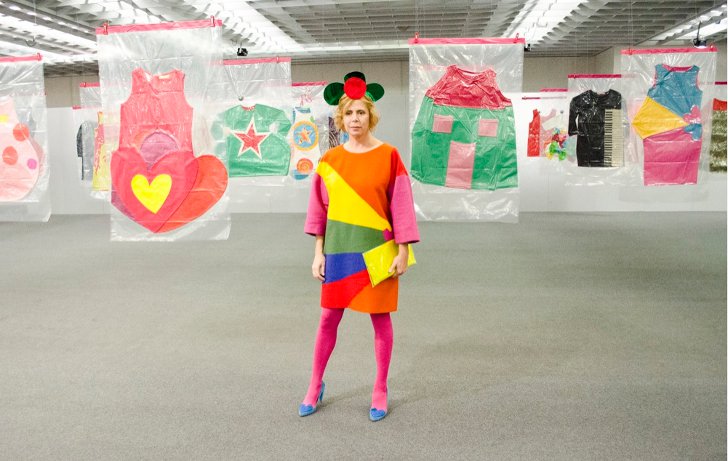Florence is often credited with being the “cradle of the Renaissance”. Lorenco de' Medici, the ruler of the Florentine Republic from 1469 to 1492, was a great patron of arts, commissioning works by Botticelli, Leonardo da Vinci and Michelangelo. By contrast, the Celona brothers conceived the Florence Biennale as a biennial showcase of contemporary art. They wanted to create a space where established artists and emerging talents could show their works within a free and independent contest.
The inaugural Florence Biennale wash held in 1997. Curated by the art historian Stefano Francolini, it featured 317 artists from 20 countries. Since its inception, the biennial has had several artistic directors, including John Spike, Emanuel von Lauestein Massarini, Rolando Bellini, and Jacopo Celona.
The Florence Biennale is a juried exhibition where participating artists are selected by a committee comprising distinguished scholars, art critics and historians from different countries with considerable experience in contemporary art on an international level. Selected artists are required to pay an admission fee to have their work exhibited at the biennial.
The exhibition gives selected artist an opportunity to showcase their work to an international audience without the intermediation of traditional galleries. This opportunity is especially important for new media artists who often have difficulties with exhibiting their work. Since the inception of the Florence Biennale, about 6,000 artists from over 1000 counties have participated in the exhibition.
At each edition of the Florence Biennale, an international jury presents the Lorenzo il Magnifico Award to the best works on show. The award was named after Lorenco de' Medici, also known as Lorenzo the Magnificent, who’s been already mentioned above. Additionally, the Lorenzo il Magnifico Lifetime Achievement Awards are presented to individuals and/or organizations for their significant artistic achievements or cultural contribution.





